 |
| August 27, 2020 |
Dear Reader,
With Hurricane Laura hitting Louisiana and Texas as a Category 4 storm and wildfires menacing the western U.S., millions of Americans are facing the complex risks of a natural disaster striking in the middle of a pandemic. Today's main story pinpoints risks for vulnerable communities and some of the ways they can prepare. Next up, Antarctica's Larsen B ice shelf captured the world's attention in 2002 when it broke into pieces and collapsed entirely into the sea. It's still one of the most dramatic events that scientists have observed on the continent—but it may not be the last. New research suggests some of the same factors that caused the demise of Larsen B could threaten dozens of other ice shelves around the Antarctic coast. And lastly, spacecraft made of carbon-foam bubbles could zoom from Earth to Alpha Centauri in 185 years, driven solely by the power of the sun, a new study finds. |
| | Sunya Bhutta, Senior Editor, Audience Engagement
@sunyaaa | |
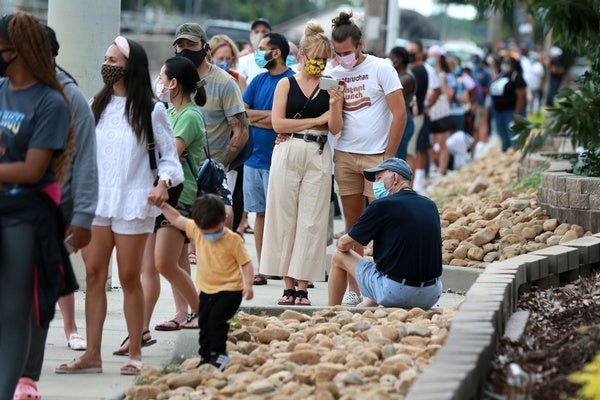 |
| |
| |
| Policy & Ethics Medical Education Needs Rethinking Under the lingering influence of the 110-year-old Flexner Report, medical schools still minimize social and environmental factors in the understanding and treatment of disease | | By Sarah Matathia,Monique Tello | | | |
| |
| |
| |
| |
FROM THE STORE
 | | | |
| |
LATEST ISSUES
 |
| |
| Questions? Comments?  | |
| Download the Scientific American App |
| |
| |



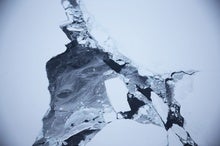

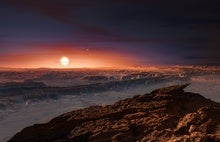
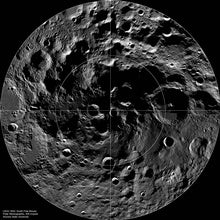
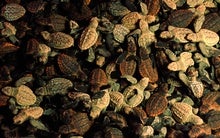
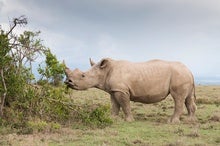


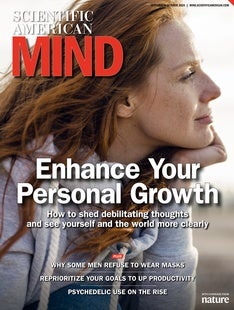


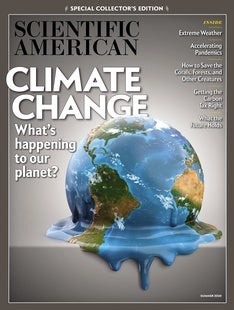
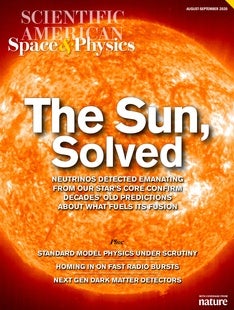



Comments
Post a Comment